Rod and Reel Setups for Fly Fishing High Alpine Lakes
Hitting the high country gives you access to stunning wilderness areas and wild trout that rarely see anglers. Chasing fish in the backcountry is one of the most rewarding wilderness experiences an angler can enjoy. The gear for fly fishing high alpine lakes is relatively simple but it’s important to an adequate setup to avoid frustrations.
Here are a few recommendations for rod and reel setups on high alpine lakes:
Packability is Key
Accessing the backcountry means you are riding horses or hiking to reach remote areas. On our guided and semi-guided fly fishing trips, we use packhorses and mules for backcountry travel. Choosing a rod and reel that packs down easily is important on the trail.
Two-piece fly rods are very difficult to pack on horses, so we ask that our guests do not bring two-piece rods. They are also more cumbersome when hiking. They tend to protrude at a high level and will catch on branches and be a bit awkward when walking through brush and around obstacles.
Four-piece fly rods in a hard case are ideal. Cases with a reel space are nice but not necessary as you can always store your reels and extra fishing gear in your daypack.
Rod & Reels vs Tenkara
The rise in popularity with Tenkara style fishing in the backcountry opens a new door for anglers. Tenkara rods essentially eliminate the reel and are extremely easy to pack along. They work well on small backcountry creeks where casting distance is not necessary.
However, we’d recommend a fly rod and reel setup for high alpine lakes. Long casts are often necessary and windy conditions can be expected anytime. Plus, some backcountry fish can really grow and it’s nice having a drag and extra line to play them effectively.
Tenkara is a great option when space is limited however. If you’re packing for a hunt and can’t afford much in the way of fishing gear, a Tenkara setup and a few flies will get the job done.
For most backcountry situations that we encounter, your all-around 9-foot 5-weight fly rod will be the ticket. If you want a lake-specific rod, then a 6-weight or even 7-weight rod can be nice for throwing streamers and for battling windy conditions. And a rod in a 9’ 6” or even 10’ length is excellent for lake fishing. That extra length also helps when casting in windy conditions. But it’s also nice to have the extra reach when fishing from a float tube or when using an indicator rig.
Fly Line Considerations
The line plays a very important role on lakes. In some backcountry situations, you may be frequently roll casting or working with trees and rocks that limit the backcast. A weight forward line is ideal for generating power and shooting line on shorter casting strokes.
A floating line will handle most situations, but it helps to have an intermediate sinking line along as well. When the fish are down deep, you can let the line sink and find their level. When we’re fishing for lake trout, that full-intermediate line is a great thing to have.
The alternative to carrying a separate spool or reel is a sinking leader like the Rio Versileader. This essentially makes your full-floating line into a sink tip.
Contact Us With Questions
If you have questions or need help preparing for a backcountry fly fishing trip, please don’t hesitate to ask. You can find our packing list with suggested gear on our Guest Info Page. Or, simply contact us with questions. We’d love to help you plan an unforgettable Colorado fly fishing adventure!



